Explore In-Depth Charging Tech & Industry Insights On Our Blog
Stay updated with the latest EV charging tech, trend analyses, and market insights to make informed charging station choices.

What Will Charging Stations Look Like in 2040?
By 2040, EV charging infrastructure will be widespread, intelligent, and sustainable. Charging stations will integrate seamlessly into urban environments (lampposts, roads) and prioritize ultra-fast speeds (350kW+), smart grids, and vehicle-to-grid (V2G) energy exchange. Renewable energy adoption, megawatt charging for trucks, and wireless solutions will dominate, while businesses shift to subscription models and data-driven services. Enhanced safety protocols, cybersecurity, and reliability ensure seamless, eco-friendly charging, supporting a cleaner, grid-responsive future.
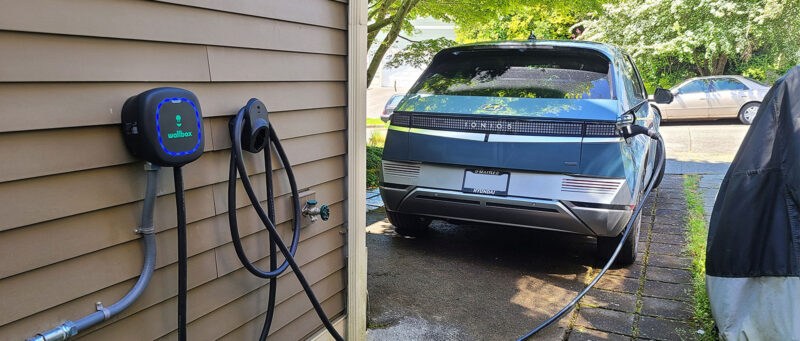
How Can Charging Station Interfaces Be Adapted for Elderly Users?
Elderly drivers face challenges with EV charging due to physical, cognitive, and environmental barriers. Solutions include intuitive interfaces (large fonts, high contrast), simplified controls (physical buttons, voice prompts), lightweight cables, diverse payment options, and training programs. Future trends involve AI-driven personalization and adaptive interfaces. Manufacturers like TX can customize these aging-friendly designs to meet operator needs, ensuring inclusive and accessible EV charging for all users.

How are Disputes Resolved Over Community-Shared Charging Piles?
Conflicts over shared EV charging often stem from charger hogging, unauthorized use, equipment damage, cost disputes, and accessibility issues. Clear communication with signage, meetings, and updates minimizes misunderstandings. Technology like charging software, RFID access, and apps enables scheduling, billing, and real-time monitoring. Formal dispute processes include mediation, arbitration, or legal action. Fair policies require energy assessments, rules for usage/costs, accessibility compliance, and regular reviews. Transparency in billing and data integration enhances consumer protection, ensuring equitable charging for all residents.
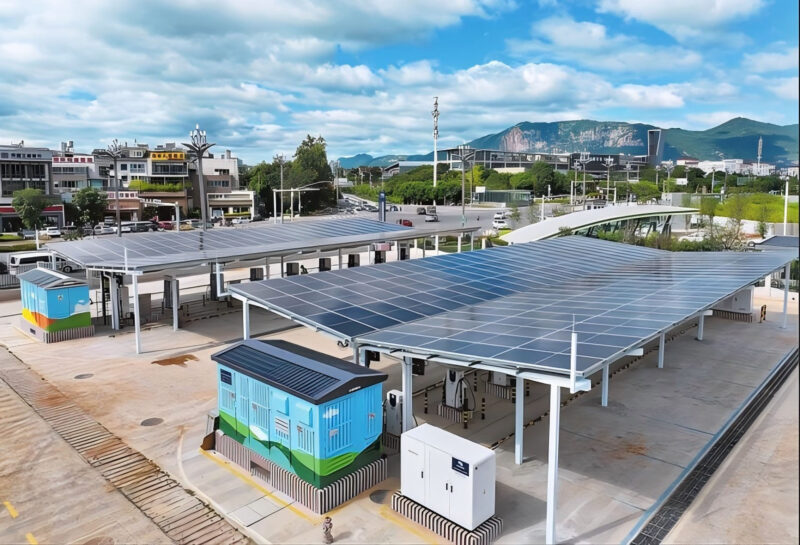
How Can Photovoltaic Storage Charging Stations on Highways Achieve Profitability?
Highway-integrated photovoltaic (PV) storage charging stations achieve profitability by combining charging fees, grid services, government subsidies, and ancillary revenue (e.g., retail, ads). Unlike standard stations, they blend solar power, battery storage, and smart grid interaction to cut costs and boost resilience. Key strategies include optimized energy management, dynamic pricing, V2G technology for grid balancing, and location-based amenities. Initial costs are offset by incentives, while diversified revenue streams and future trends like ultra-fast charging and AI-driven operations ensure long-term viability in the EV ecosystem.

How Can Charging Stations Guard Against Cyber Attacks?
As electric vehicle (EV) charging stations proliferate, they become prime targets for cyberattacks due to grid connectivity and data vulnerabilities. Risks include ransomware, data breaches, grid destabilization, and reputational damage. Mitigation requires layered security: encrypted communication, network isolation, regular updates, physical safeguards, and adherence to certifications like ISO 21434 and NIS2. Shared responsibility among operators, manufacturers, users, and regulators is crucial. Emerging technologies like AI and blockchain enhance threat detection and data integrity. Proactive measures and compliance ensure secure EV charging ecosystems amid evolving cyber threats.
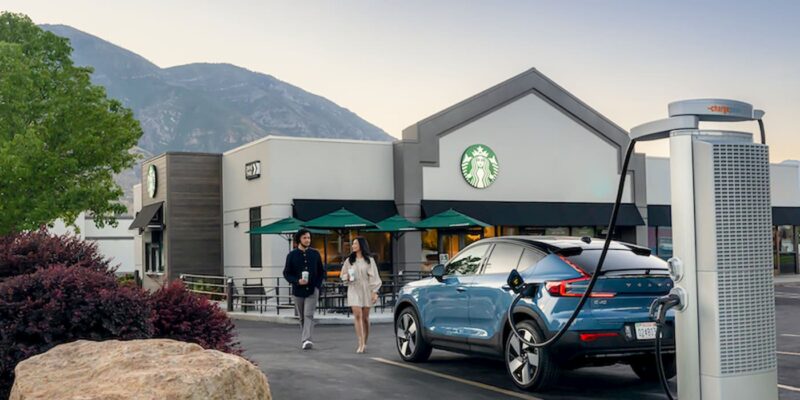
Charging Station + Convenience Store Model: Mutual Benefit or Mere Appearance?
The EV charging-convenience store model offers mutual benefits: predictable foot traffic, higher sales, and optimized energy use. Strategic location (highways, urban deserts) with tiered pricing and dynamic models (leasing, profit-sharing) ensures success. Challenges like power supply and costs are addressed via government incentives and smart planning. Future trends include renewable integration, ultra-fast charging, and data analytics. This partnership capitalizes on EV growth for long-term profitability.
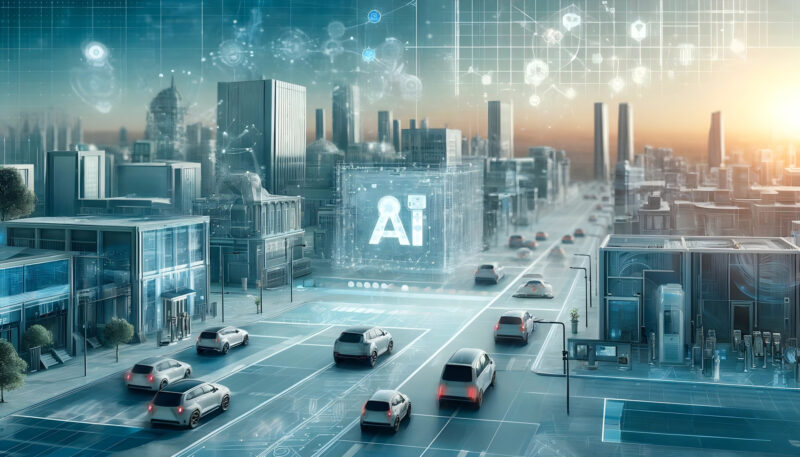
How Can AI Algorithms Optimize Charging Station Layout Planning?
AI revolutionizes EV charging infrastructure by analyzing real-time traffic, demographics, and EV trends to optimize station layouts, capacity, and grid integration. Machine learning predicts future demand, balances charger types (Level 2/DC fast), and prioritizes underserved areas, preventing grid overloads through dynamic pricing and V2G systems. Real-world applications like Tesla’s battery analytics highlight AI’s role in reducing guesswork, improving ROI, and ensuring sustainable, equitable EV adoption.
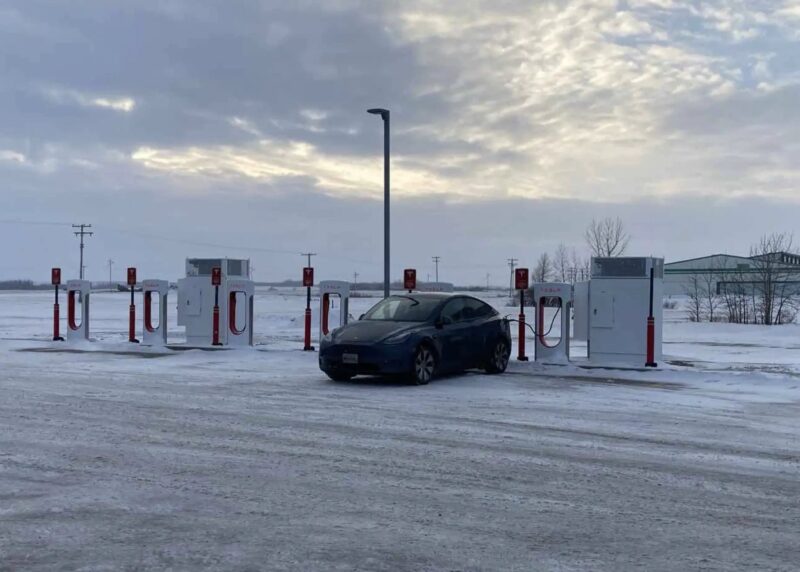
How to Maintain EV Charging Infrastructure in Extreme Climates (-30°C to +50°C)?
Extreme temperatures (-30°C to +50°C) challenge EV charging infrastructure through material degradation, condensation, and efficiency loss. Solutions include silicone cables, UV-resistant housings, active cooling/heating systems, and quarterly maintenance tailored to climate severity. Real-world failures (e.g., northern China’s cold) highlight the need for pre-weather inspections, firmware updates, and sheltered installations. Prioritize adaptable materials and robust thermal management for reliable chargers.

Which Technology is Better Suited for Future Parking Scenarios: Charging Robots or Wireless Charging?
This analysis evaluates charging robots and wireless charging for parking facilities. Charging robots offer flexibility, scalability, and lower upfront costs, making them ideal for high-demand, dynamic environments. Wireless charging, while user-friendly, faces costly installation, standardization hurdles, and slower ROI. Technical maturity favors robots for current adoption, while wireless charging shows niche potential. Key factors include parking lot size, budget, user needs, and long-term goals. Robots are recommended for most scenarios today, balancing practicality with future adaptability.
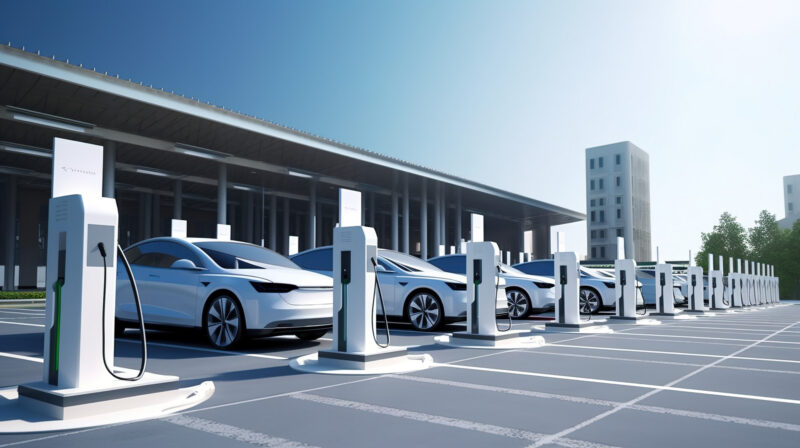
Is Subscription-Based EV Charging a Worthwhile Investment?
Subscription-based EV charging (CaaS) offers recurring revenue and customer loyalty through models like direct ownership, partnerships, and fully funded setups. Key factors include reducing upfront costs, managing operational expenses (electricity, maintenance), and ensuring strategic locations. ROI depends on utilization, pricing, and scalability. Implementation involves market research, funding, hardware/software selection, and customer-centric marketing. Partnering with reliable manufacturers and optimizing operations are critical for success in this evolving market.
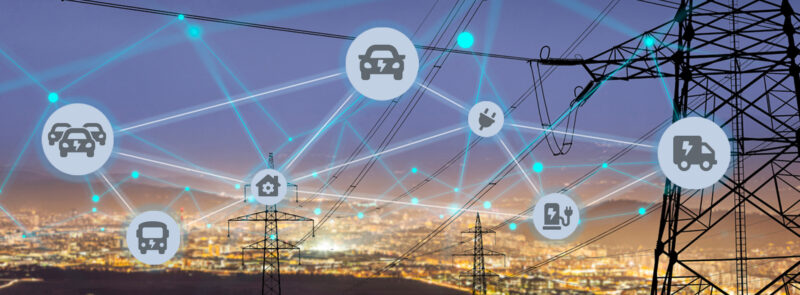
How Can V2G Technology Turn Your Electric Vehicle into a “Mobile Money-Making Machine”?
Vehicle-to-Grid (V2G) technology transforms EVs into dynamic energy assets, enabling bidirectional energy flow between vehicles and the grid. It supports grid stability through frequency regulation, peak demand management, and renewable energy integration, while offering financial incentives like cost savings and revenue generation. Businesses gain hidden benefits, such as enhanced CSR, resilience, and new revenue streams via grid services. Globally, pilot projects in Europe, North America, and Asia showcase progress, though challenges like standardization, regulatory clarity, costs, and battery degradation persist. Despite hurdles, the V2G market is poised for growth, driven by rising EV adoption and grid flexibility needs, making it a critical tool for sustainable energy futures.

What are the differences among the EV charging markets in the world’s top five regions?
The global EV charging market is marked by regional divergence. China dominates with policy-driven scale and proprietary GB/T standards, while Europe unifies under CCS2 with diverse players like Ionity and Enel X. North America’s growth is stoked by a CCS1 vs. NACS standards battle and lagging infrastructure. Emerging markets in Asia-Pacific and Latin America face infrastructure gaps but hold long-term potential. Key trends—ultra-fast charging, V2G integration, and renewable energy synergies—demand adaptive strategies. Success hinges on navigating local policies, technical compatibility, and partnerships, as standardization efforts clash with region-specific realities. Manufacturers must balance innovation with localization to thrive in this fragmented yet dynamic landscape.
Charge the Future,
Drive the Change
With advanced fast EV chargers and robust production capabilities, we can greatly empower your business and give you the edge to stand out. Join us to drive your success with EVB charging solutions.
